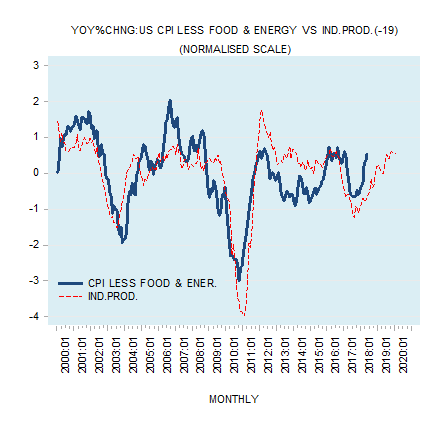Quite a bit of media attention has been devoted recently to a working paper by two International Monetary Fund economists that re-examines the “Chicago Plan”. First put forward by University of Chicago economists in 1933, this proposal calls for the abolition of fractional reserve banking and the replacement of bank credit with government money in order to do away with credit-induced business cycles.
We can perhaps all agree that bank credit created out of thin air shouldn’t exist. Unfortunately, there is never a good time to deleverage bank balance sheets, and to do so now would result in a massive policy-induced economic shock. The Chicago Plan seeks to side step this problem by replacing bank credit with raw money; the approach favoured by the IMF working paper is for banks to match their lending by borrowing from the government. Customer deposits would be simply leant to the government through the Federal Reserve Banks.
The government therefore not only becomes the sole supplier of money through the banks, but has tight control over its use, a situation disliked by the banks because they become less profitable. An important benefit for government is that interest-bearing government debt is monetised and borrowing constraints are lifted.
The attractions to economists in 1933 were obvious: the banking system was under pressure from contracting credit, and the New Dealers were keen to ramp up government planning and spending. The problems today are similar but perhaps more urgent. The motivation for such a plan is for this reason a gut-reaction by establishment economists to extend state control over markets, rather than eliminating the bank-credit-induced business cycle per se.
However, the plan proposed in the working paper is based on ivory-tower fallacies and raises many questions, which cannot be fully addressed in a short article. The paper’s bias is betrayed in a footnote on page 35, where the authors extol the benefits of the plan for social redistribution. No mention is made in the working paper of the external position; but if international users of the dollar found themselves to be thinly-veiled counterparties of the US government, they might be unhappy about the implications. Furthermore, it is assumed that the price-effects of bank credit are no different from that of money itself, a ludicrous proposition on many levels.
The IMF paper is riddled with dangerous assumptions arising from a paucity of true economic knowledge. There is a naivety over the intentions of governments and their desire to fund escalating welfare payments: there can be no doubt that any “solution” to the problems of government finance coming from establishment economists invariably becomes a springboard for further monetary expansion. The writers’ analysis of how money works is selectively empirical: in other words they select their historical evidence to support their cause. Their use of mathematical equations in a 71-page paper is obtuse and betrays minds that think in an accounting vacuum without relating to the real world.
As evidence of their distant removal from reality, they even conclude with respect to the German hyperinflation of 1920-1923 that, and I quote, “This episode can therefore clearly not be blamed on excessive money printing by a government-run central bank…” (page 16). They feebly contend that the Reichsbank was privately owned so not government run, but the reality is that like the Fed, it was a tool of government.
What is worrying about this kite-flying exercise is that the IMF lends it credence. We should be doubly worried if the IMF is using it as a means to gauge reactions before imposing the ideas contained therein on an unfortunate client state. Worried, but perhaps not overly surprised.
This article was previously published at GoldMoney.com.



Something on this has already been published here – but let us go round again.
One version of this might be that the government (or Central Bank) print (literally print) monetary base and hand it (as a gift) to the banks and other such ON CONDITION THAT from now on 100% of their loans would be from REAL SAVINGS (no more credit expansion). The money would have to be a gift not a loan – as loans on this scale could only be paid back by banks lending the money out in another inverted pyramid of debt.
The monetary base (after this one last orgy of bank bailoutism) would then be FROZEN (as Milton Friedman favoured in some of his writings) and that would be that.
I would not support the above (it is not buyers and sellers voluntarily chosing a commodity and using it as money – and it is based on a vast gift to bankers, and…… all sorts of other problems), but it is a defendable point of view.
However, what people who favour 100% FIAT MONEY reserves for banks normally favour is not a FROZEN monetary base (after the one last bank bailout), but a “let the printing presses roll” policy – much like the late General Peron in Argentina (or, indeed, the Argentinian government right now).
As for Chicago itself…..
Whoever wins the election on Tuesday – Chicago is in a State that is going to go bankrupt, and the city will be a place to avoid.
Indeed many places (in many parts of the world) are going to get worse and worse in the comming years.